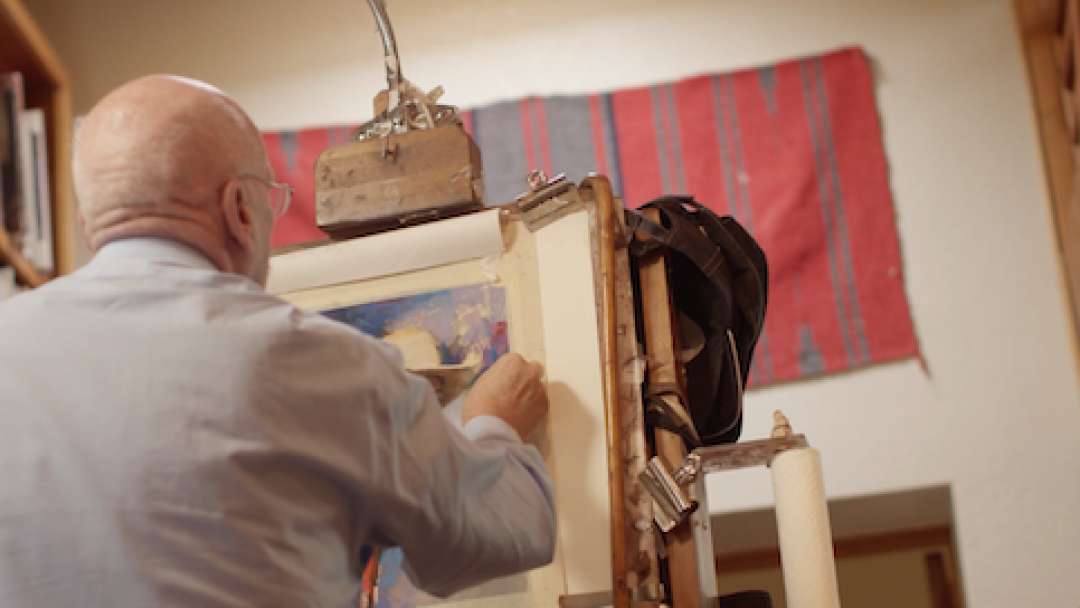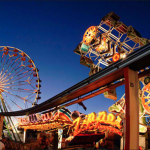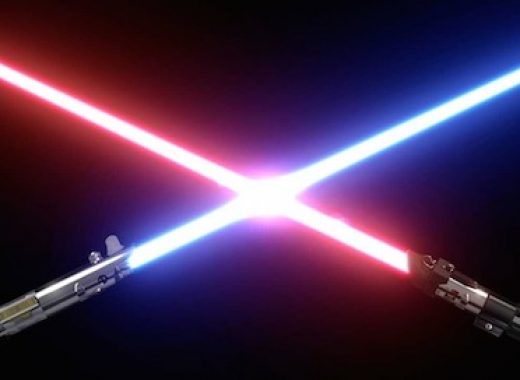Art Consultant, Michael Duty draws an analogy between the painting perspectives of Frederick Remington and Charles Russell, and today’s western artists.
Known as the “Father of Cowboy Art”, Charles Russell (1864-1926), a self-taught artist, was the first individual to depict the everyday activities of a working cowboy and ranching which came from life experience. And as his artistic career expanded, Charles Russell also derived inspiration from his geographic surroundings, historic sites and the tribes who inhabited the area.
In contrast, Frederic Remington (1861-1909), a formally trained artist, was assigned frontier military postings. His illustrations of troop activities, surrounding landscapes and its inhabitants were sent back east and published in newspapers and magazines providing images to accompany weekly frontier news updates. Following Remington’s military service, his work transitioned from an illustrative style to one of refined fine art.
And while there is some subject matter crossover between today’s western artists, most fall loosely into one of these categories. Those artists, much like Charles Russell, who are or were working cowboys, such as Fred Fellows, Bill Nebeker, Bill Owen, Frank Polk and many others, depict(ed) images derived from their daily lives.
While other artists, formally trained like Frederic Remington, such as Howard Terpning, John Clymer, David Halbach and many others, may ride horses, have roped and even branded cattle on occasion, aren’t truly working cowboys. But rather their body of work is primarily a reflection of historical occurrences, people and places which they have researched extensively.








